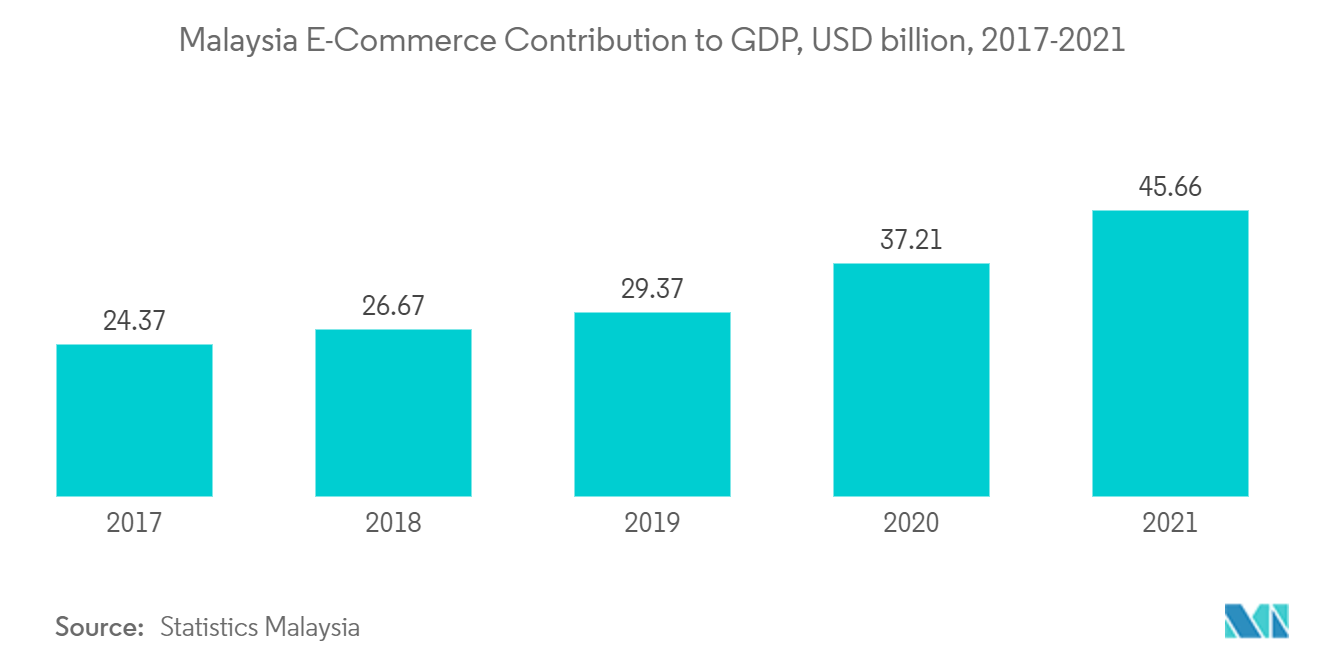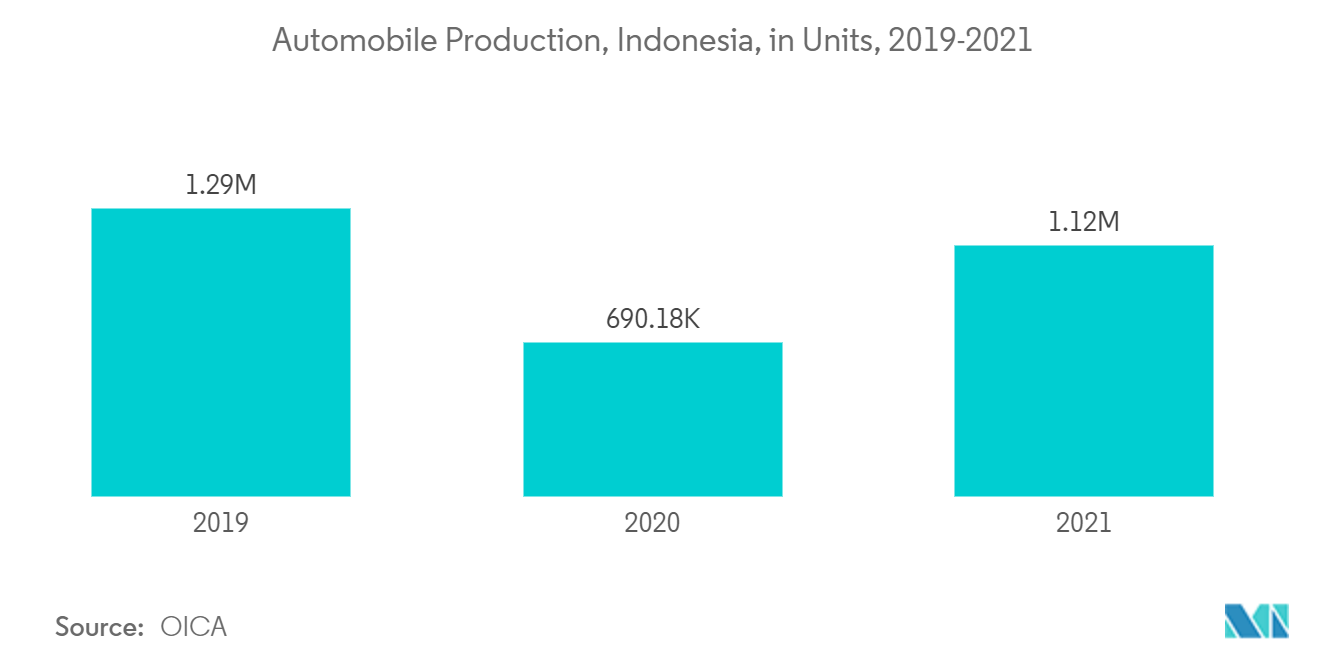Market Trends of Southeast Asia Bioplastics Industry
This section covers the major market trends shaping the Southeast Asia Bioplastics Market according to our research experts:
Rising Demand for bioplastics for the Flexible Packaging
- The primary utilization of bioplastics is in the flexible packaging segment because they are not harmful to nature, and few are easily degradable as well. Furthermore, countries like Singapore, Indonesia, Thailand, Malaysia, and the Philippines are driving the domestic demand for bioplastics to new heights in the flexible packaging sector.
- The utilization of bioplastics is increasing in the packaging world due to environmental concerns across the Southeast Asian region and are used for the packaging of food items, medicines, beverage bottles, packaging films, and packaging of non-food products, such as napkins and tissues, toilet paper, nappies, and sanitary towels.
- Bioplastics are increasingly being utilized to make plastic bags, as they are nature-friendly and organic waste collection bags commonly used in hospitals, hotels and restaurants, industrial and retail establishments, and homes.
- Bioplastics are widely used in the e-commerce industry to package FMCG products, medications, electronics, food, etc. According to the Malaysian Communications and Multimedia Commission, the e-commerce business rose by 10.7% in 2021 over the previous year, supporting the investigated market. Furthermore, by the end of 2021, e-commerce will have contributed USD 45.66 billion to Malaysia's GDP.
- In April 2022, the Thailand government announced that the cabinet has agreed on an extension of a 25% tax exemption for corporate bioplastics business to promote Thailand as an ASEAN bioplastics hub.
- Therefore, considering the abovementioned factors, the demand for the bioplastics market is expected to rise significantly in the flexible packaging segment shortly.

Indonesia is Expected to Hold Significant Market Share
- Indonesia is expected to dominate the market for bioplastics in Southeast Asia during the forecast period, owing to the demand from major end-user industries such as packaging, agriculture, construction, automotive, and others.
- The palm oil industry in Indonesia is a significant contributor to the country's economy. Researchers at Universiti Sains Malaysia have developed a new bioplastic film made from a byproduct of palm oil. In Malaysia, 19.8 million tonnes of waste palm oil fruit bunches are thrown each year; the researchers converted hemicellulose from waste palm oil fruit bunches into biodegradable films for green packaging. According to the United States Department of Agriculture, the harvestable land area for palm oil in Indonesia will reach 12.5 million hectares by 2022.
- Bioplastics have increasingly been used in agriculture applications such as agricultural mulches, seeding strips, and tapes. According to Asian Development Bank, value added in agriculture in Indonesia was around 1.8% in 2021, about the same as in 2020. Its value was around 3.6% in 2019, which decreased due to the COVID-19 crisis.
- According to the Organisation Internationale des Constructeurs d'Automobiles (OICA), Indonesia produced around 1.12 million units of vehicles in 2021, witnessing a growth rate of 63%, compared to the previous year. Bio-based PA, PTT, PLA, PHA, and PBS are some of the most often used bioplastics in the automobile industry, demonstrating the growing use of bioplastics in the automotive sector.
- The electronics industry in Indonesia largely serves the local industry, with very little export. However, mobile phone production has hugely benefitted from the high growth of smartphone users in the country. This is expected to boost the demand for bioplastics in the country.
- (Polylactic Acid) PLA is used as sealants, and insulants, replacing petrochemical plastics in the construction industry. According to Statistics Indonesia, Indonesia has 203.4 thousand construction establishments in 2021, an increase from 159 thousand construction establishments in 2020.
- All aforementioned factors are likely to fuel the growth of the bioplastics market in Southeast Asia over the forecast period.


